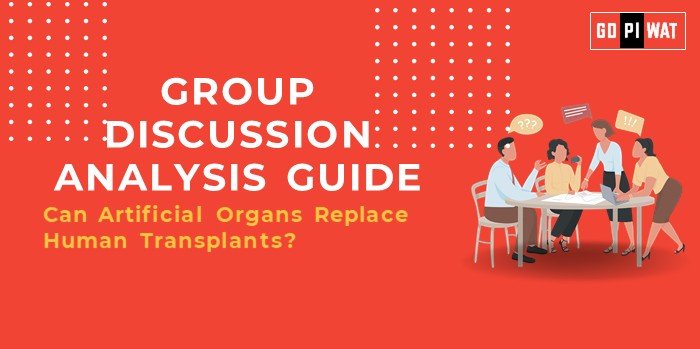📋 Can Artificial Organs Replace Human Transplants?
🌐 Introduction to the Topic
Artificial organs represent a groundbreaking frontier in medical science, offering potential solutions to organ shortages and the challenges of human transplants. With advancements in biotechnology, the conversation is shifting from ‘if’ artificial organs can replace human transplants to ‘when’ and ‘how.’
📖 Topic Background
The concept of artificial organs emerged to address the limitations of donor-based organ transplants, such as long waiting lists and immune rejection. Recent innovations, such as 3D printing of tissues and bioengineered organs, have revolutionized the field. In 2023, artificial heart implants accounted for a significant milestone with over 10,000 patients globally benefiting from this technology.
📊 Quick Facts and Key Statistics
• Survival Rates: Artificial hearts improve survival rates by 70% compared to patients awaiting donors.
• Market Size: The global artificial organs market is projected to reach $50 billion by 2028.
• Tech Milestone: In 2022, a U.S. hospital successfully transplanted a 3D-printed kidney.
• Innovation Investment: Over $1 billion invested in organ bioengineering startups globally in 2023.
🌟 Stakeholders and Their Roles
- 🏥 Healthcare Institutions: Pioneer research and clinical trials.
- 🏛️ Governments: Fund research and regulate the ethical aspects of artificial organs.
- 💡 Tech Startups: Innovate and scale bioengineering technologies.
- 🤝 Patients and Advocacy Groups: Raise awareness about accessibility and equity in artificial organ distribution.
🏆 Achievements and Challenges
Achievements:
- ✅ Technological Innovations: Successful implants of artificial hearts and kidneys.
- ✅ Cost Reduction: Development of cost-efficient bioprinting processes.
- ✅ Global Accessibility: Pilot programs in emerging economies to test scalable solutions.
Challenges:
- ⚠️ Ethical Concerns: Cloning and bioengineering debates.
- ⚠️ High Costs: Initial production costs limit affordability.
- ⚠️ Regulatory Delays: Prolonged approvals for clinical use in certain countries.
Global Comparisons: The United States leads research in artificial hearts, supported by FDA approvals, while China makes major investments in stem-cell-based organ regeneration.
📘 Case Study: In 2022, Sweden implemented a program using bioprinted lungs for patients with advanced respiratory diseases, reducing transplant waiting times by 50%.
🗣️ Structured Arguments for Discussion
- 👍 Supporting Stance: “Artificial organs offer a viable and scalable solution to the global organ shortage crisis, improving patient outcomes.”
- 👎 Opposing Stance: “The high cost and ethical implications of artificial organs make them an impractical replacement for traditional transplants.”
- ⚖️ Balanced Perspective: “While artificial organs show promise, integrating them with existing healthcare systems and addressing ethical concerns will be crucial for widespread adoption.”
📈 Strategic Analysis of Strengths and Weaknesses
- Strengths: Life-saving potential, scalability with technology, reduced immune rejection.
- Weaknesses: High costs, ethical concerns, lack of standardization.
- Opportunities: Global adoption, reduction in healthcare disparities, advancements in bioprinting.
- Threats: Regulatory hurdles, potential misuse, resistance from traditional medical sectors.
🎓 Connecting with B-School Applications
- 📌 Real-World Applications: Could inspire projects on healthcare economics, ethical policymaking, or biotech startups.
- ❓ Sample Interview Questions:
- “What are the ethical considerations in replacing natural organs with artificial alternatives?”
- “How can cost barriers for artificial organs be addressed in emerging markets?”
- 💡 Insights for B-School Students: Analyze cost models for healthcare innovations and study regulatory frameworks for medical advancements.


